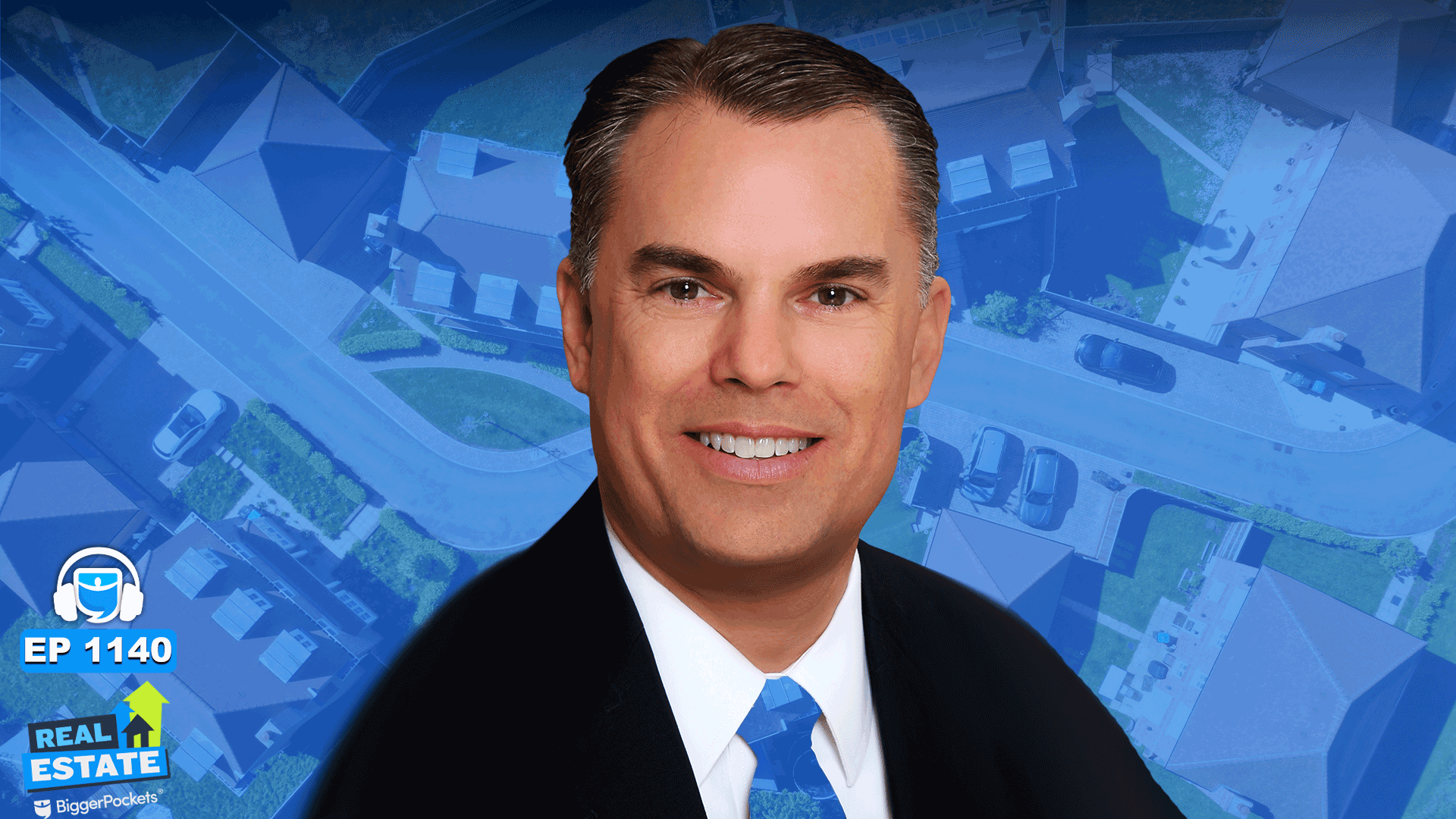The American workforce is undergoing a seismic shift, with a growing number of professionals leaving W-2 jobs behind. Data from Statista projects that by 2027, around 86.5 million Americans — more than half of the U.S. workforce — will be freelancing.
The growing “gig economy” is reshaping the future of homebuying, and savvy brokers are recognizing the need to adapt quickly with loan products that fit this demographic.
But your standard single-family homebuyer isn’t the profile experiencing a shift. According to a recent report from Realtor.com, the share of small investors among buyer investors is growing, while large investor activity declines. The report states that this trend began in 2022 and has persisted through the latest data. Even in the conditions of 2024’s housing market, real estate investor share was up, accounting for 13% of all home purchases.
So what does that mean for brokers looking to level up? The simple answer: It’s time to get good at non-QM lending.
Myth-busting non-QM
While industry perceptions have shifted from skepticism and caution to acceptance and adoption of non-QM lending, it’s safe to say there are a few holdouts. If a broker refuses to explore originating non-QM loans it’s likely due to one of two reasons: a misconception of risk or the prevailing thought that these loans are not worth the time it takes to originate them. While both concerns are understandable, they’re not based in the reality of non-QM today. Here’s why:
Quality loans
Today’s non-QM loans are a far cry from the risky products of the pre-2008 era. Post-Dodd-Frank and the implementation of Ability-to-Repay (ATR) rules, all non-QM loans are underwritten with a focus on the borrower’s capacity to repay, just through alternative income documentation.
“Our average credit score is 735,” said Coleman Hundeby, vice president of a leading non-QM lender, Acra Lending. “It is interesting, because a lot of brokers are adverse to doing non-QM because they associate it with subprime. I like to say we lend a million people that deserve it. There are a lot of really good borrowers that just don’t fit in the box.”
In order to serve those “out-of-the-box” borrowers, lenders specializing in non-QM have developed sophisticated, yet flexible, underwriting guidelines that rigorously assess financial stability. This means:
- Robust underwriting: Rather than “no-doc” or “stated-income” loans, modern non-QM relies on detailed analysis of bank statements (typically 12-24 months), P&L statements, or Debt Service Coverage Ratio (DSCR) for investors. These methods provide a clear picture of cash flow and financial health.
- Strong borrower profiles: As Hundeby stated, many non-QM borrowers are highly creditworthy individuals who simply don’t fit the conventional mold. This includes successful self-employed entrepreneurs, gig economy professionals, real estate investors with significant portfolios, or foreign nationals with substantial assets. They often have high credit scores, significant liquid reserves, and lower loan-to-value (LTV) ratios, making them inherently less risky.
- Performance data: The non-QM market has been growing steadily since the mid-2010s. Data from Corelogic (now Cotality) showed that one for every 20 mortgage loans in 2024 was non-QM. Delinquency and default rates for well-underwritten non-QM loans have consistently proven to be in line with, and sometimes even better than, those of conventional loans, dispelling the myth of inherent risk.
High return on investment
While the average non-QM loan may not be achieved with the push of a button, they are still far from being a time sink. And brokers may be surprised at how quickly they can originate non-QM loans now.
“We have been able to automate a significant amount of that underwriting work, and we have seen a lot more streamlining of our products,” Hundeby said. “For example, last month, I submitted a loan, and within 48 hours I got clear to close, and it funded within 96 hours. So from submission to funding in four days.”
But even if a non-QM loan did take a bit more time than conventional, it could prove well worth it to brokers as the ability to originate non-QM products vastly expands their market reach. As previously mentioned, the modern workforce, dominated by freelancers, entrepreneurs and investors, represents a vast and expanding segment of potential borrowers that traditional lending often overlooks. By offering non-QM, brokers tap into this lucrative market, converting leads that would otherwise be lost.
Any experienced broker also knows the value of client retention and referrals, and non-QM offers a path to get both. By solving complex financing challenges for clients who may not get approved elsewhere, brokers have the opportunity to build loyalty. A successful non-QM closing often results in strong client relationships, repeat business and a steady stream of valuable referrals from borrowers who appreciate the “outside the box” thinking.
Finally, relying solely on conventional loans leaves brokers vulnerable to market shifts and tightening agency guidelines. Integrating non-QM diversifies a broker’s offerings, creating a more resilient business model that can thrive even when traditional lending faces headwinds. It allows brokers to become true financial problem-solvers.
Non-QM for the modern homebuyer
Remember when we said over half of the U.S. workforce would be freelance by 2027? That projection builds on current realities. A 2023 report from Upwork, global work marketplace that connects businesses with freelancers, identified 64 million Americans (almost 40% of the workforce) as independent contractors. The traditional W2 wage earner — the bedrock of late 20th and early 21st-century mortgage lending — is no longer the sole profile of a creditworthy borrower.
Here’s a quick look at two prominent groups that are well-served by non-QM lending:
- The rise of the millennial entrepreneur: Their income, while substantial, might not always come in predictable bi-weekly paychecks. They strategically leverage tax deductions to minimize liabilities, which can sometimes make their taxable income appear lower than their true earning power to traditional lenders.
- The gig economy & 1099 workers: From rideshare drivers and delivery specialists to freelance writers, designers and consultants, these professionals receive 1099 forms for their income, rather than W2s. While their earnings can be consistent and robust, traditional mortgage applications often struggle to properly assess income that isn’t tied to a single employer’s payroll.
“By allowing multiple revenue streams, it’s a different way of looking at loans,” Hundeby said. “It enhances the fact that we’re lending to people that deserve it and that have the ability to repay.”
To bridge this gap and empower these modern homebuyers, non-QM lenders have innovated with specialized products that accurately reflect their unique financial realities. These include:
- P&L (Profit and Loss) loans: Designed for self-employed individuals and business owners, these loans use a business’s detailed profit and loss statements, often prepared by a CPA or accountant, to assess income.
- Bank statement loans: These are a game-changer for self-employed individuals, freelancers and small business owners. Instead of relying on W2s or traditional tax returns, lenders analyze deposits in personal or business bank statements over a period (typically 12 to 24 months) to determine a borrower’s qualifying income.
- 1099 products: Tailored specifically for independent contractors and gig workers, these loans utilize their 1099 earnings statements as proof of income. This streamlined approach directly addresses the challenges faced by those who don’t receive W2s.
These solutions acknowledge that financial stability isn’t a one-size-fits-all concept. They are built to embrace the fluidity of modern work, providing an avenue for a growing segment of the American workforce to achieve their dream of homeownership.
Non-QM for the modern investor
In housing, the only constant is change. This is as true with homebuyers as it is with real estate investors, and non-QM lending has adapted to serve both parties. Notably, there has been a surge in “small investors,” many of these being first-time investors.
According to Realtor.com’s most recent “Investor Report,” small investors accounted for almost 60% of investor purchases in 2024, the highest small investor share in the data’s history (since 2001). This introduces yet another meaningful opportunity for brokers looking to increase volume in a tricky market: DSCR loans.
DSCR (Debt Service Coverage Ratio) loans have rapidly become a cornerstone of non-QM for investors, qualifying the loan based on the property’s projected rental income relative to its debt obligations.
If the property’s income sufficiently covers its expenses—for instance, a DSCR of 1.25, meaning income is 125% of expenses—the loan can be approved. This often happens without requiring personal income verification, W2s, or tax returns from the borrower. Furthermore, DSCR loan guidelines are continually evolving to mitigate risk to the lender while still enabling significant purchasing power for investors. And this means any investor — from large, well established portfolios to first-time investors.
“We don’t treat the first-time investors any differently from experienced investors with 100 properties,” Hundeby said. “We’re looking strictly from a perspective that it’s the same risk on a DSCR loan if you’re a first time investor than if you own 97 properties. So there’s no barrier to entry for a first-time investor”
The focus of DSCR loans is squarely on the asset’s performance, providing access to real estate investment and fostering a new generation of modern real estate investors.
The value of a good non-QM lending partner
The American workforce and real estate investment landscape are undergoing significant shifts, demanding a flexible approach to lending. Non-QM products are essential for brokers to thrive.
To capitalize on this growing market, brokers need a reliable and innovative partner. Acra Lending helps brokers confidently originate non-QM products, unlocking new client segments and solidifying their role as problem-solving experts in today’s mortgage industry.



















 English (US) ·
English (US) ·